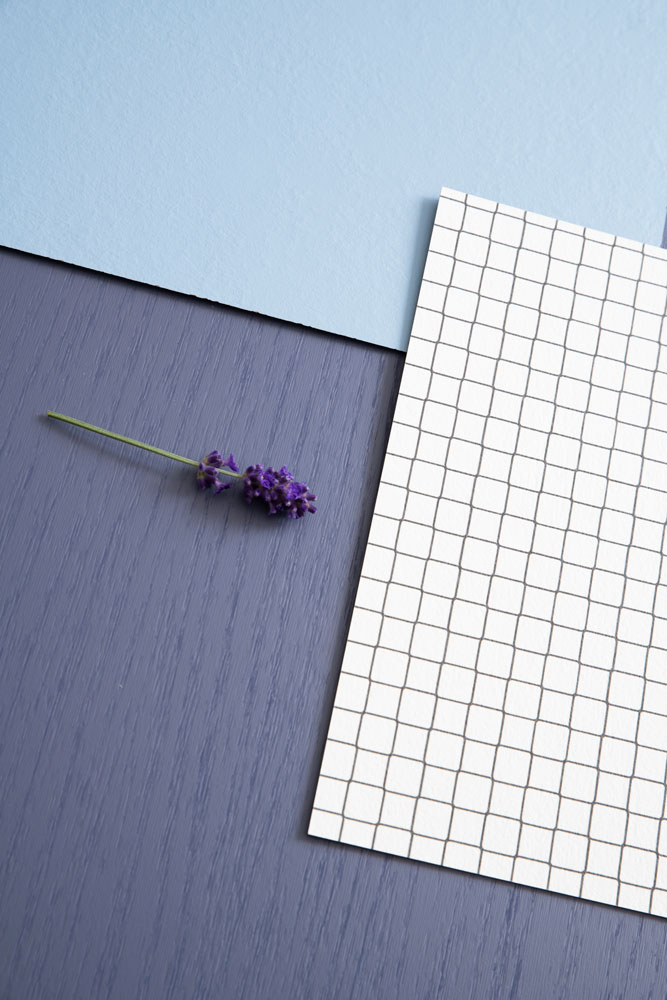The choice of laminates requires careful consideration of the technical properties, which determine the suitability of the material for different applications. The most important technical properties to which you should pay attention are wear resistance, impact resistance, moisture resistance and fire resistance. These properties have a direct impact on how the laminate will perform on kitchen worktops, furniture doors, wall surfaces or other applications. Choosing the right decorative laminate will provide both an aesthetically pleasing and technically durable solution to meet your project requirements.
Technical properties of laminates - what you should know?
Laminates are layered surface materials consisting of paper and resin pressed together under high pressure and high temperatures. These materials are commonly used for furniture surfaces, wall cladding, kitchen worktops and many other interior design and construction applications.
Understanding the technical features is key to achieve a successful outcome. For example, public spaces require a different level of durability from domestic use, and in damp areas the material's properties are even more important. The good technical properties of laminates also allow for visually striking solutions without compromising on durability.
Decorative cork laminates, such as ABET LAMINATI laminates, offer a wide range of both visual and technical features. These laminates can be designed to meet a wide range of applications and requirements.
What are the main factors determining the durability of laminates?
The durability of laminates is mainly determined by three factors: wear resistance, impact resistance and surface hardness. These properties are measured by standardised tests, the results of which help to select the right material for each application.
Taber wear resistance is one of the key indicators of how well a laminate can withstand constant abrasion. The test measures how many rounds of abrasive wear the surface can withstand before a significant change is visible. A higher Taber value means better abrasion resistance, which is particularly important for countertops, for example.
Impact resistance is measured by a drop test, which determines the ability of the laminate to withstand sudden impacts. This property is particularly important in areas where the material is subject to mechanical stress.
European EN standards define the precise requirements for laminates for different applications. For example, the EN 438 standard classifies laminates according to their properties and applications. These standards help designers and manufacturers to choose the right material for each project.
How is the moisture resistance of a laminate measured and why is it important?
Moisture resistance is a critical property, especially in kitchens, bathrooms and other areas where the material is exposed to water or high humidity. The moisture resistance of laminates is tested using a number of methods that simulate real-life conditions.
The most common moisture resistance test methods are the swell test, the boil test and the vapour resistance test. The swelling test measures the change in thickness of a material when it is immersed in water. In the soup test the laminate is boiled in water and its reaction is evaluated. The vapour resistance test examines how the material reacts to hot steam.
Moisture resistance results are usually expressed as ratings, which indicate the intended use of the laminate.
Moisture resistance directly affects the longevity and appearance of the material. Poorly moisture resistant laminate can swell, crack or lose its original colour, leading to costly repairs or replacement.
What do fire resistance ratings mean for laminates?
Fire resistance ratings are particularly important in public spaces where safety requirements are stringent. In Europe, the Euroclass system is commonly used, which divides materials into fire classes based on their combustion behaviour.
The most common fire classes for laminates are B-s1,d0 and C-s1,d0, where B or C indicates fire spreading intensity (B is better), s1 smoke emission (low) and d0 combustible droplet formation (no formation). Fire safer laminates, such as certain fire-resistant decorative laminates, can play a crucial role in meeting safety regulations in public spaces.
The fire classification directly affects the usability of the material in different applications. For example, escape routes in public buildings and stairwells in high-rise buildings have strict fire safety requirements that call for materials with high fire ratings.
The EN 13501-1 standard defines the fire classification of building materials in Europe. This standard is useful to know when choosing materials for public spaces or where fire safety is particularly important.
How do you choose the right laminate based on its technical characteristics?
Choosing the right laminate always starts with identifying the requirements of the application. First, consider which technical properties are critical to your project. For example, good wear, heat and moisture resistance is needed for kitchen worktops, while fire resistance may be more important for public wall surfaces.
Use it to help you standard classifications and technical information from material manufacturers. For example, EN 438-compliant CGS laminates are generally suitable for indoor use, while CGF products are more resistant to moisture.
Also note that laminates can be divided into high pressure laminates (HPL) and continuous pressure laminates (CPL). HPL laminates are generally more durable and versatile, but also more expensive than CPL laminates.
Ask for material samples and examine the technical data of the laminates. For example, the ABET LAMINATI range of decorative laminates offers options for different needs with high technical properties.
At Lorella, we can help you choose the most suitable laminates for your project. With our expertise, you'll find materials that combine high quality technical features with a striking design, whether in the kitchen of your home or in a demanding public space. We offer a comprehensive range of high-quality laminates that meet the most stringent requirements in terms of durability, moisture resistance and fire safety.

